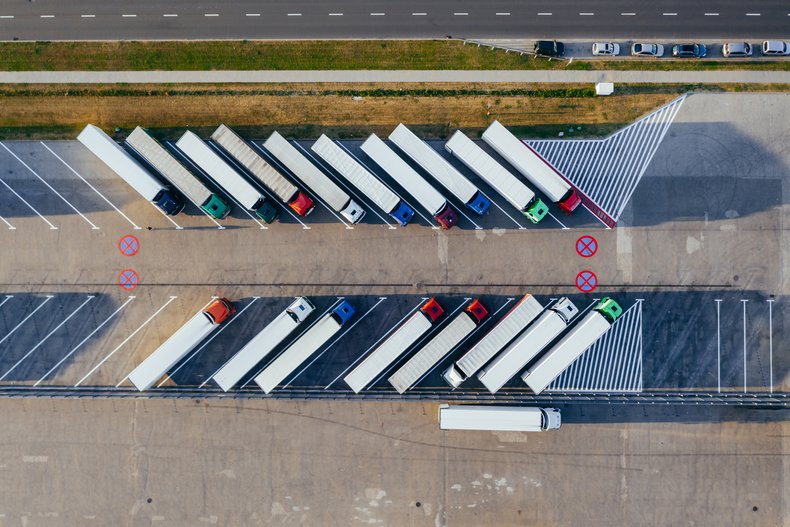We’re living in unprecedented times. A viral illness that was first diagnosed in Wuhan, China has spread to every corner of the globe in just a couple of months. Governments, public health organizations, businesses, and individuals have had to deploy a raft of experimental measures to stem infections. It’s safe to say that every industry has been affected by the COVID-19 pandemic.
Millions of jobs were lost as businesses struggled with the new market realities. Plenty of lessons have and continue to be learned. The trucking industry has been one of the most affected. If you are thinking of starting a trucking business or already run one, here’s a couple of things to take consideration.

Protect Supply Chains
The wear and tear on your trucks and other mechanical equipment will not cease during a pandemic. If anything, for trucking businesses that see extraordinary growth in work, the need to safeguard the supply chain of service parts will rise.
For instance, if your business uses any Caterpillar equipment, establishing a strong working relationship with a Caterpillar® parts supplier would be vital. Each minute trucks and heavy equipment are out of operation is money and opportunity lost.
During a Macro Economic Crisis, the Downturn Is Never Universal
The countries hardest hit by COVID-19 saw a steep economic dip in Q1 and Q2 of 2020. Yet, amidst the depressing news, some industries seemed to escape the bloodbath almost unscathed.
For example, whereas passenger flights were grounded, heavy trucks, commercial transportation, and transportation to grocery stores was operating at near full capacity. It makes sense. While people will cut down on certain activities as part of social distancing and cost cutting, consumption of food and other essentials resume as usual.
Diversification is Key
The COVID-19 pandemic has highlighted the need for businesses to diversify their income streams. Trucking companies that had specialized in serving a specific type of customer proved to be at greatest risk of shutting down when their target market was affected. Logically, the impact is most severe in industries that are oversaturated.
On the other hand, trucking businesses serving the food, beverages, and medical supplies sectors saw an exponential jump in traffic. The key learning point is that trucking companies have to develop diversification strategies well in advance while retaining the ability to scale up and down capacity in any one income stream.
Workforce Demographics
There’s still a lot that the world doesn’t understand about COVID-19 and this could be the case for years as research plays catch up to the disease. One thing that we do know is that the older a person is, the higher their risk of dying from COVID-19 is. A lot of employers have had to ask their older employees to stay home to minimize their exposure to the virus. Other employees made this decision on their own out of fear of catching the illness.
Trucking businesses with a disproportionate number of drivers in the 50+ age bracket were hit harder by this. Those with a more age-diversified workforce had a better shot at maintaining normalcy.
Agile Technology
Logistics firms with outdated, inflexible systems have had a hard time surviving the storm of COVID-19. Small trucking businesses that were comfortable working with disconnected spreadsheets and manually calling transport providers, soon found out this model was impractical.
They depended on the knowledge of their experienced workforce to keep things moving. This can quickly unravel when the seasoned employees are no longer available. Businesses that invested in agile technology were better prepared to respond to the disrupted and dynamic environment.
Setting up and managing a trucking business has never been easy. You have to contend with much larger competition who have been around for years and have locked in lucrative contracts. Still, as COVID-19 has shown again, no business is too large to fail. By adapting and preparing for the next disruption, even a small trucking business can thrive in a harsh climate.











